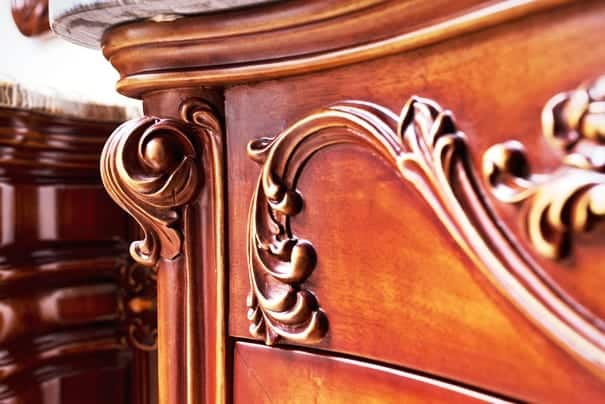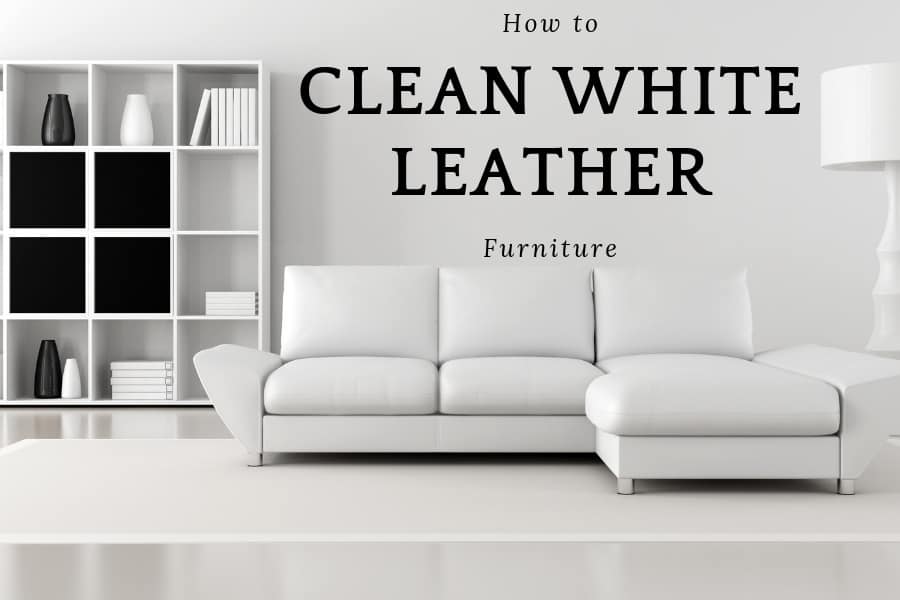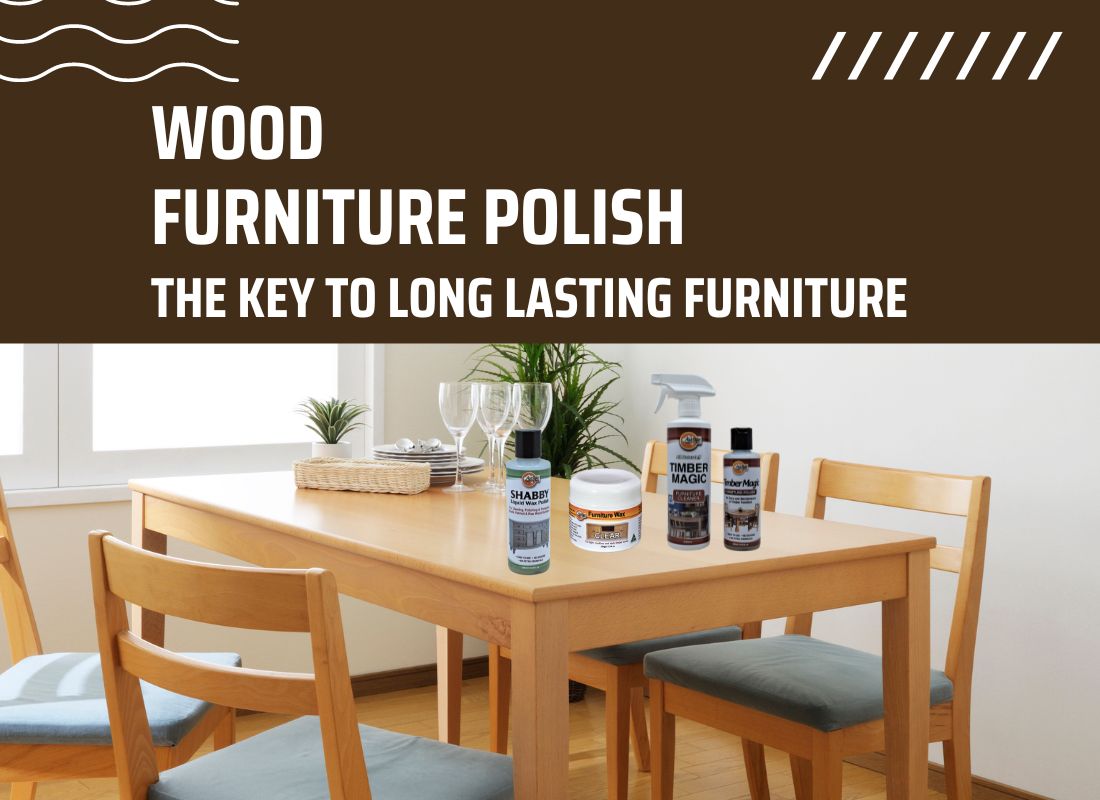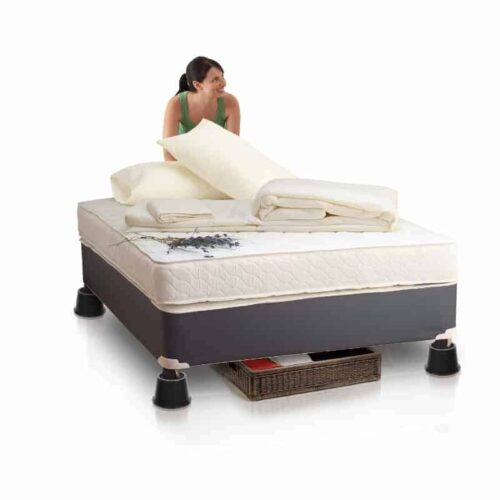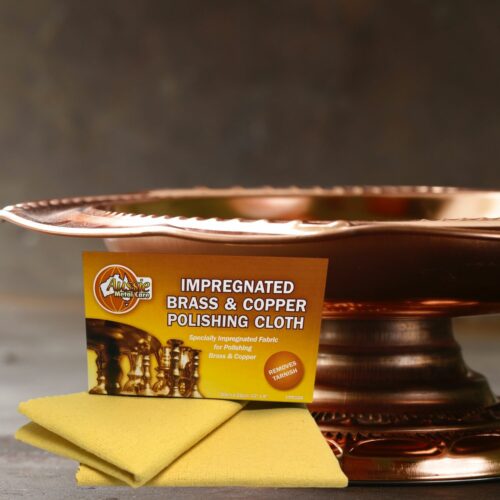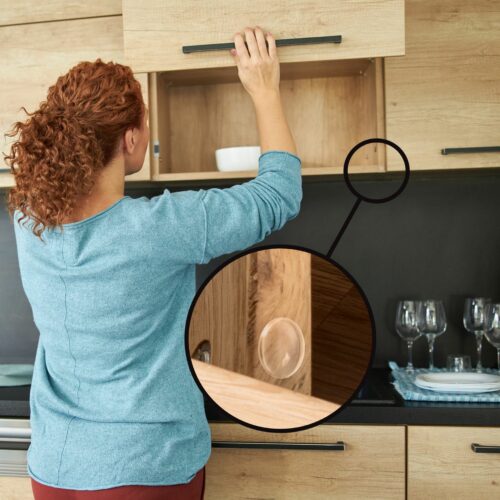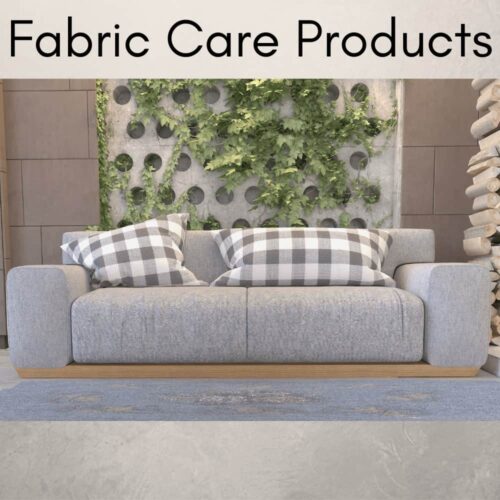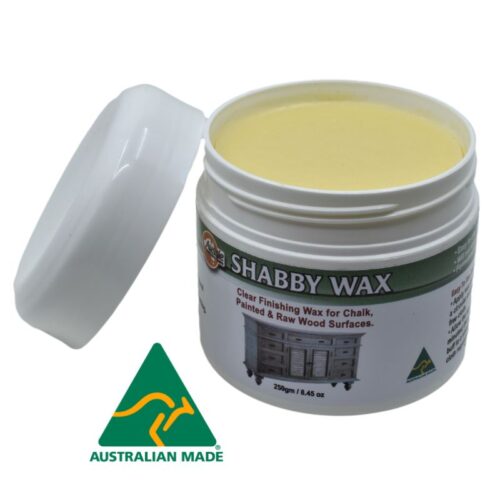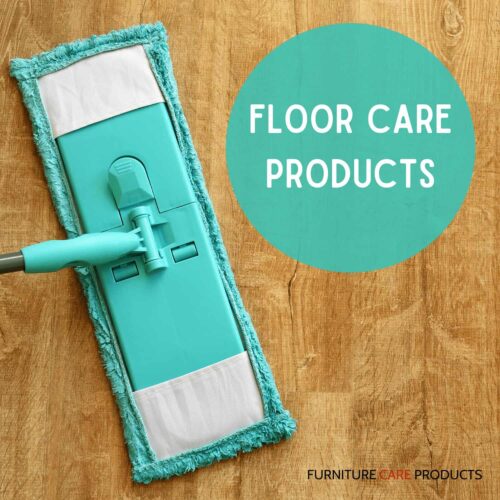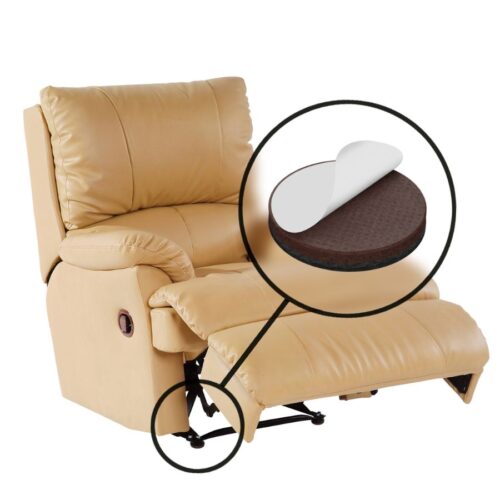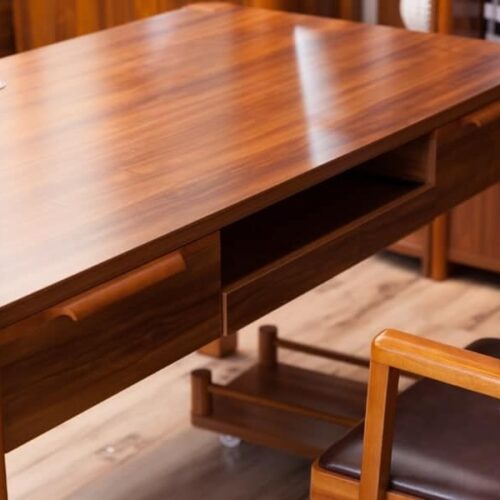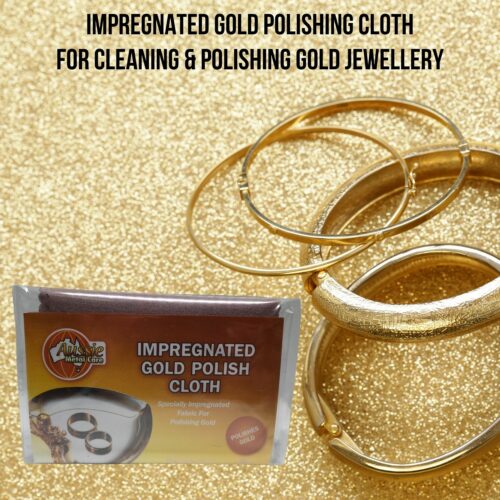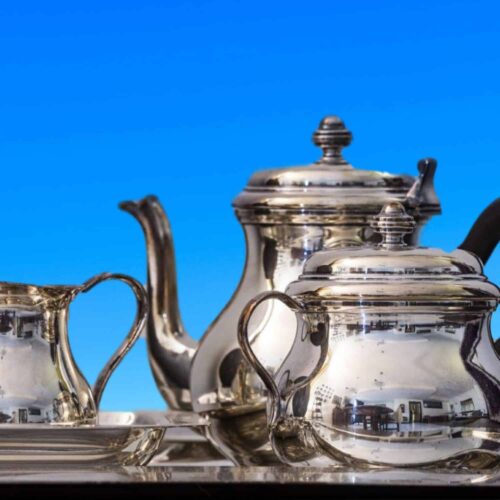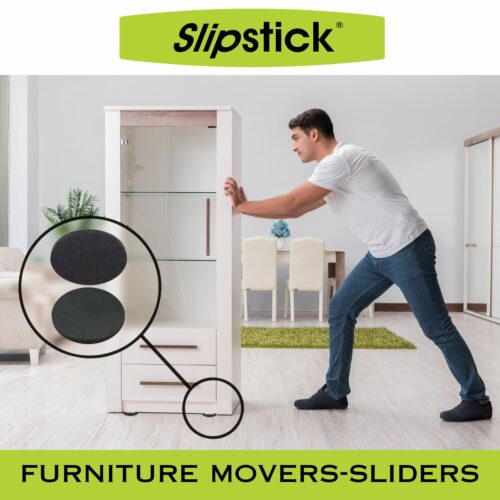Here is a guide to cleaning antique furniture that has some excellent advice and tips for extending the life of your antique furniture.
Antique furniture isn’t just beautiful—it’s an investment. Whether you’ve inherited a cherished family heirloom or purchased a valuable collector’s piece, proper care will ensure it remains in excellent condition for generations to come. Well-maintained antiques can hold or even increase in value, while neglected ones can quickly deteriorate and lose their charm.
This guide will help you understand how to clean, care for, and preserve antique furniture the right way—without causing damage.
Why Proper Antique Care Matters
The value of antique furniture is influenced by many factors:
Type of wood and craftsmanship – Solid timber and hand-carved details often fetch higher prices.
Design and style – Pieces from specific periods, such as Georgian, Victorian, or Art Deco, can be highly sought after.
Condition and originality – Original finishes, minimal repairs, and well-preserved patinas are crucial to maintaining value.
One of the biggest mistakes people make is over-cleaning or using the wrong products, which can strip away original finishes or stain the timber. Following the correct methods will protect your furniture, keep it looking beautiful, and ensure it lasts for decades.
Step 1: Regular Dusting – Preventing Dust Damage
Dust may seem harmless, but over time it can act like sandpaper, scratching delicate wood surfaces and dulling the finish.
How to Dust Antique Furniture Correctly
✔ Dust weekly – At least once a week is ideal. For pieces in low-traffic areas, every two weeks may be enough.
✔ Use a soft, lint-free cloth – A microfibre or soft cotton cloth is best. Avoid feather dusters or anything abrasive, as these can scratch surfaces.
✔ Avoid spray polishes – Many commercial furniture sprays contain silicone or harsh chemicals that can build up, stain, or soften old finishes.
Polishing for Extra Care
Orange oil or natural furniture oils can be used sparingly once every 4–6 weeks to nourish dry timber and enhance its natural sheen.
Waxing every few months – Use a high-quality natural beeswax or antique furniture wax. Apply a thin, even coat, then buff gently with a soft cloth to create a protective barrier and subtle shine. Avoid heavy wax build-up, as it can attract dirt.
Tip: Always test any product on an inconspicuous area first.
Step 2: Protecting the Wood From Damage
Antique timber is sensitive to moisture, temperature changes, and physical wear. Proper handling is key to preventing damage.
Immediate Spill Management
Water spills – Wipe away straightaway with a dry, soft cloth.
Spirits, alcohol, or solvents – Blot, don’t rub! Use a clean absorbent cloth or even a paper towel to gently dab until the liquid is absorbed. Do not rub!
Rubbing can spread the stain or damage the finish.
Avoid Scratches and Heat Marks
✔ Always use coasters, placemats, or felt protectors under objects, especially vases, ceramics, or decorative items.
✔ Never place hot dishes, cups, or appliances directly on the surface—use heat-resistant mats.
✔ Lift objects rather than dragging them across the surface.
Prevent Sunlight & Heat Damage
Keep antique furniture away from direct sunlight—UV rays can fade and discolour timber, veneer, and inlays.
Avoid placing furniture near heaters, fireplaces, or air-conditioning vents, as rapid temperature changes can cause wood to crack or warp.
Step 3: Maintain the Right Environment
Even with regular cleaning, the surrounding environment plays a huge role in preserving antique furniture.
Ideal Conditions for Antique Furniture
✔ Stable Temperature & Humidity – Wood naturally expands and contracts with humidity changes. Too much fluctuation can cause warping, cracking, or loosened joints.
✔ Use a humidifier or dehumidifier if necessary – Aim for a humidity level of around 40–60%.
✔ Avoid damp or overly dry rooms – Attics, garages, or rooms prone to dampness and condensation are not ideal for antique furniture storage.
Extra Tips for Long-Term Antique Care
Inspect regularly – Look for signs of woodworm, loose joints, or finish deterioration. Catching issues early can prevent expensive repairs.
Professional restoration – If your piece has major damage, consult a furniture restorer rather than attempting DIY repairs. Incorrect repairs can devalue antiques.
Rotate decorative items – If you keep ornaments or lamps on the same spot for years, they can cause uneven fading. Move them occasionally to allow even exposure to light.
Final Thoughts
Caring for antique furniture isn’t just about keeping it clean—it’s about preserving history. With a little attention and the right products, you can keep your antique pieces looking stunning while maintaining their monetary and sentimental value.
A weekly dusting, regular waxing, and the right environmental conditions will protect your furniture for years to come. Treat every piece as an heirloom, and it will reward you with lasting beauty and timeless charm.
RELATED POST:
12 Simple Care Tips That Will Extend The Life Of Your Timber Furniture
